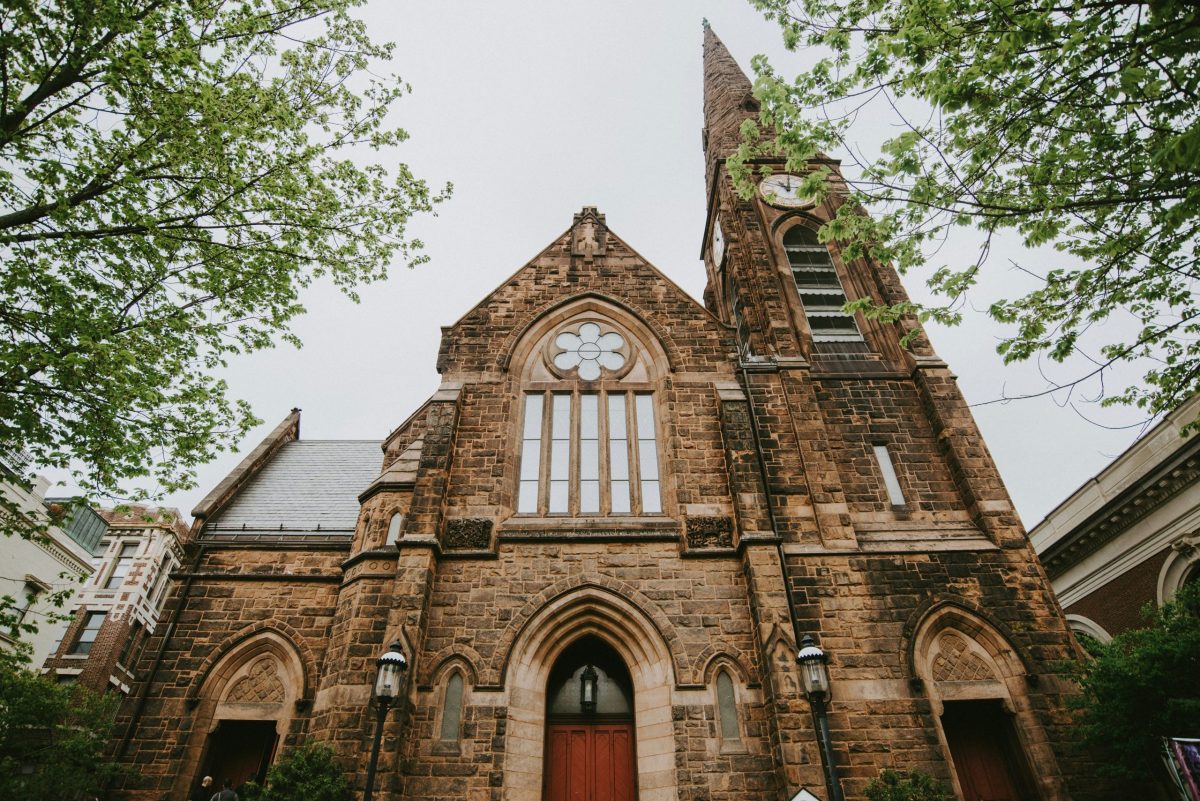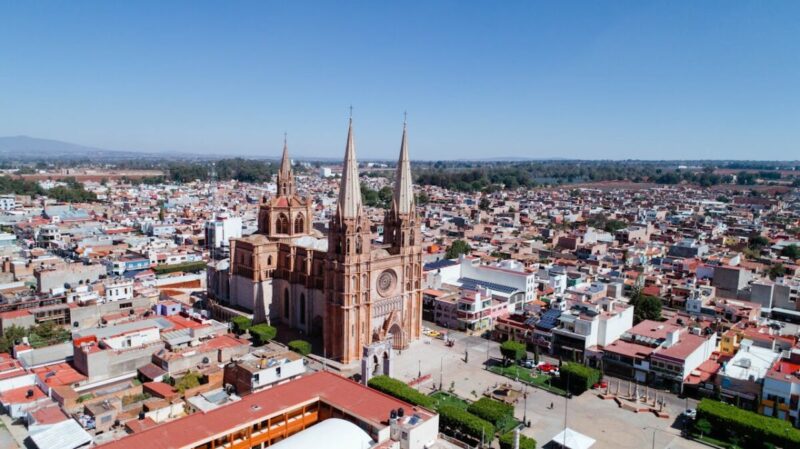Saint Laurence O’Toole 12th Century and was the Bishop of Dublin During the Norman Invasion
Saint Laurence O’Toole was born in 1128, and he died on November 14, 1180. He was the Archbishop of Dublin during the Norman invasion of Ireland. Saint Laurence O’Toole played an important role in the Irish Church Reform Movement of the 12th century and mediated between the parties during and after the Norman invasion. He was the son of a King, so we should not be surprised by his diplomatic skills. He died in Normandy. Most people have heard about Saint Patrick. Do you think Saint Lawrence O’Toole was as accomplished?
Saint Laurence O’Toole Biography

Saint Laurence O’Toole was the youngest of four sons of King Muirchertach Ua Tuathail of the Uí Muiredaig, a branch of the Uí Dúnlainge dynasty. Saint Laurence O’Toole lived so long ago that, though he was prominent, we know little about his early life. By the time of Laurence’s birth, King Muirchertach was subordinate to the new over-kings from South Leinster, of the Uí Ceinnselaig. The king from 1126 was Diarmait Mac Murchada (Dermot MacMurrough).
When he was 10, Saint Laurence O’Toole was sent to Diarmait as a hostage for his father. However, at one point Muirchertach’s loyalty to Diarmait must have become suspect as Lorcán was imprisoned for some two years in extreme austerity and barely given enough to live on. Due to the intercession of the abbot of Glendalough, who he later became, members of his family had been buried at one of its churches for generations.
One result of Saint Laurence O’Toole’s confinement was the strengthening of his wish to enter the religious life. According to legend, when Muirchertach arrived at Glendalough for Laurence, he stated that he would draw lots to have one of his sons made a priest, at which Lorcán laughed as he had long thought of doing so. No lots were drawn, and Laurence stayed at Glendalough.
In time, Saint Laurence O’Toole rose to become Abbot of Glendalough at the age of 26 in 1154; he became a reformer. When he was 32, after Archbishop Gregory died in 1162, he was elected unanimously Archbishop of Dublin. In 1166, his brother-in-law Diarmait was deposed as King of Leinster by an alliance of Irish kings and princes.
There was a great deal of politicking around the invasion of the Normans. The bottom line was that Saint Laurence O’Toole was a national figure who was in demand as a mediator by all sides. He was the one man in Ireland whom everybody trusted. Gaels, Hiberno-Norse, and Normans all had equal respect for him as a man of total honor and integrity.
Saint Laurence O’Toole Veneration

Because of many miracles that occurred either at his tomb or through his intercession, Saint Laurence O’Toole was canonised by Pope Honorius III only 45 years after his death. He was a contemporary of martyred Thomas Becket, with whom he was compared. Relics of Saint Laurent O’Toole in Collégiale Notre-Dame et Saint-Laurent, Eu, Normandy, include his skull.
There crowds of pilgrims coming to venerate and pray before his relics. Saint Laurence O’Toole is represented there with bearded face, mitre on his head, dressed in his vestments and priestly insignia. The reresentation is from the late 12th century and is among the oldest of its kind in France. His skull was reportedly brought to England in 1442 by a nobleman named Sir Rowland Standish (relation of Myles Standish).
Saint Laurence O’Toole heart was returned to Ireland and is preserved in a reliquary in Christ Church Cathedral, Dublin. The reliquary was stolen in 2012, with the Dean of Christ Church saying “It has no economic value, but it is a priceless treasure that links our present foundation with its founding father.” It was recovered in Phoenix Park in 2018 after a tip to the Garda (Police).
Conclusion
Saint Laurence O’Toole lived long ago, but we hnow of him because he was so prominant. Importantly, he was renown for his negogiation skills. He was trusted by all parties, and he was the son of a King. The story of his geart being stolen is interesting. It seems the theives returned the heart bcause they thought it, “cursed and caused family members’ illnesses.”





